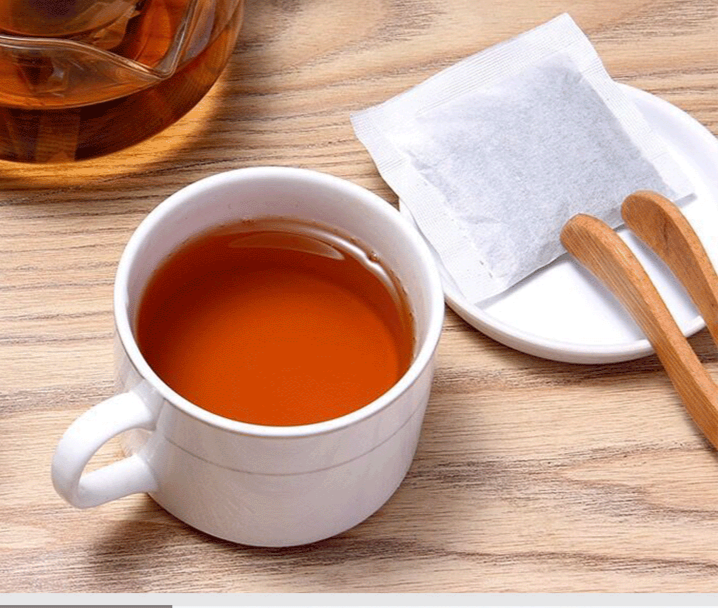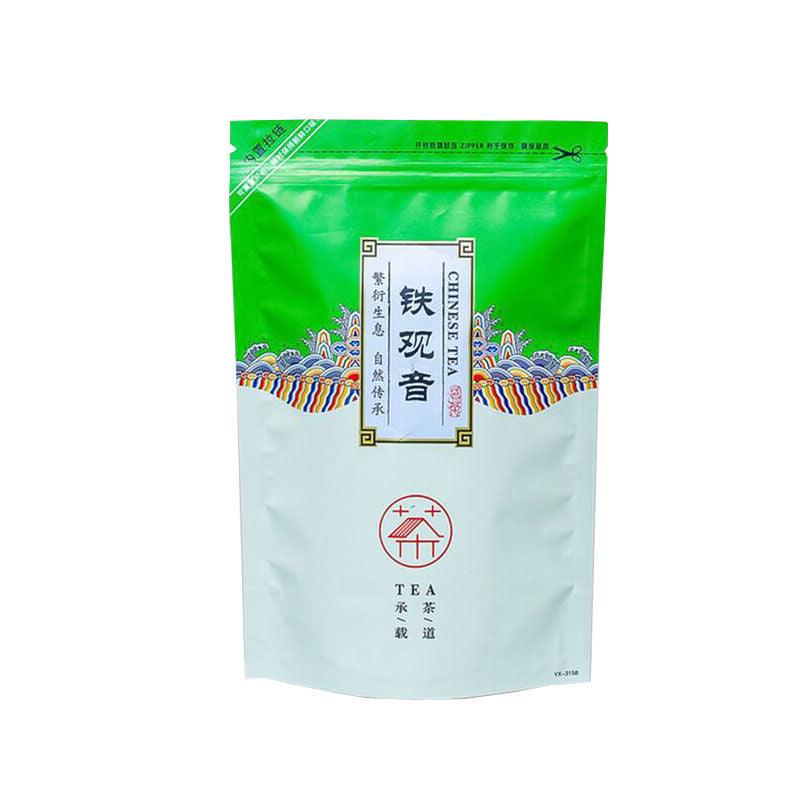1
/
de
4
Pacote Premium de Saquetas de Chá - Chá Preto Keemun e Chá Verde Iron Goddess
Pacote Premium de Saquetas de Chá - Chá Preto Keemun e Chá Verde Iron Goddess
Preço normal
$3.03 USD
Preço normal
$11.39 USD
Preço de venda
$3.03 USD
Preço unitário
/
por
Envio calculado no checkout.
Não foi possível carregar a disponibilidade para levantamento
Experimente os sabores requintados do nosso conjunto premium de saquetas de chá, com chá preto e chá verde Iron Goddess. Cada saqueta de chá é cuidadosamente elaborada para proporcionar uma infusão rica e aromática, perfeita para os entusiastas de chá que valorizam qualidade e conveniência. Descontraia com uma chávena de chá reconfortante a qualquer hora, em qualquer lugar.
Características e Benefícios do Produto
Pacote variado: O nosso conjunto inclui tanto chá preto Black como chá verde Iron Goddess, oferecendo uma variedade diversificada de sabores para adequar-se às suas preferências de gosto.
Saquetas de chá premium: Cada saqueta de chá é feita com materiais de alta qualidade para garantir a frescura e preservar o sabor autêntico das folhas de chá.
Embalagem Conveniente: Os saquinhos de chá individuais são perfeitos para preparar chá em movimento, facilitando desfrutar de uma chávena de chá a qualquer hora e em qualquer lugar.
Benefícios para a saúde: Tanto os chás preto como verde são ricos em antioxidantes, promovendo o bem-estar geral, alívio do stress e melhoria da digestão.
Presente perfeito: O nosso conjunto de saquetas de chá é um presente atencioso para amantes de chá, amigos ou familiares que apreciam a arte de uma chávena de chá perfeita.
Este conjunto de saquetas de chá premium oferece uma forma conveniente e deliciosa de desfrutar dos benefícios para a saúde e dos sabores ricos do chá preto e do chá verde Iron Goddess. Quer esteja a mimar-se ou a oferecer um presente, os nossos saquinhos de chá proporcionam uma experiência de chá perfeita em todas as ocasiões.
Compartilhar








